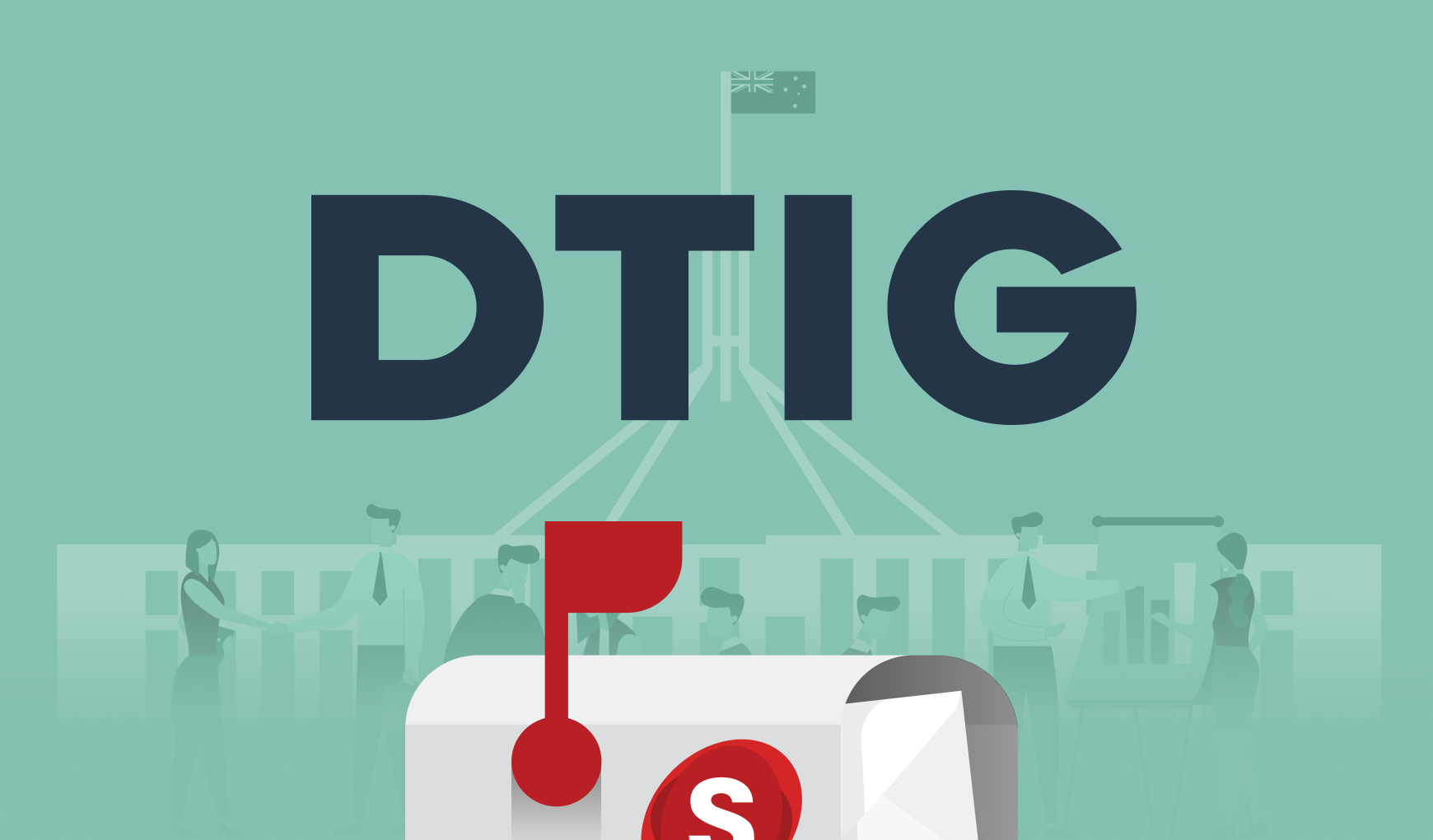The report
For our 22nd digital transformation in government (DTIG) blog way back in 2016, we looked at the draft report Data Availability and , which was released by the Productivity in October 2016.
The report made 27 key recommendations to enable open data in Australia. The goal was to realise the benefits of open data while also protecting citizens’ data and privacy. Read DTIG #22 for more information.
In 2017 the final was released, and in 2018 the government was issued. The response outlined the government’s $65 million commitment to data reform and three specific initiatives:
- The introduction of a new consumer data right to give citizens more control over their data.
- A National Data Commissioner to oversee the public data system.
- New legislation and governance to enable better use of data, with safeguards in place.
1. New consumer data right
The new consumer data right (CDR) is due to be launched in July this year. It will be rolled out in the banking sector first, and then across other industries such as energy and telecommunications. Under CDR, people will have the ability (right) to give permission to an accredited provider who can access their data specifically to create an accurate product comparison. For example, you might give permission via CDR for an accredited bank to access the financial data from your existing mortgage. The accredited mortgage provider can then show you an accurate product comparison between your existing mortgage and their proposed mortgage.
We actually know quite a bit about CDR because we’re currently developing the new CDR website for the Australian Competition and Consumer (ACCC), including writing the content!
2. Data commissioner
The Interim National Data was appointed in August 2018 as part of the establishment of the Office of the National Data (ONDC). The Commissioner oversees how data is used within Australia, focusing on maximising the power of open data while maintaining Australians’ trust around data use.
3. New legislation
The government’s official to the Productivity Commission’s report included creating a Data Sharing and Release Act. In July 2018, an issues paper was released. Following on from that, the ONDC released a Privacy Impact and a discussion for consultation. The legislation is currently being drafted and will be released for public comment soon (the website says early 2020). It’s expected the legislation will be introduced to Parliament later this year. The new legislation is now called the Data Availability and Transparency legislation.
Data registers — another recommendation fulfilled
The original Productivity Commission report also recommended that all agencies create data registers, with state datasets being accessible from . Data.gov.au now has over 30,000 datasets, which can be searched by state. All states have their own open data portals, except Tasmania (although it does have a significant register at ). This is another major milestone for open data in Australia, in line with one of the original recommendations. (Salsa is currently involved in both Queensland’s and Victoria’s open data portals.)
Salsa Digital’s take
It’s wonderful to see a digital transformation in government initiative coming to life — from our original blog about open data in November 2016 to now. It’s especially satisfying for us, given our commitment to open data, and to the open revolution in general. We’re also excited to be helping the government deliver part of the open data vision.

